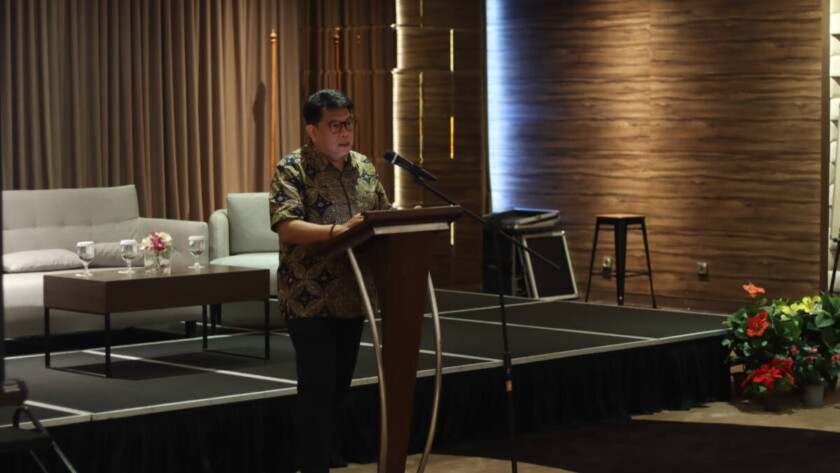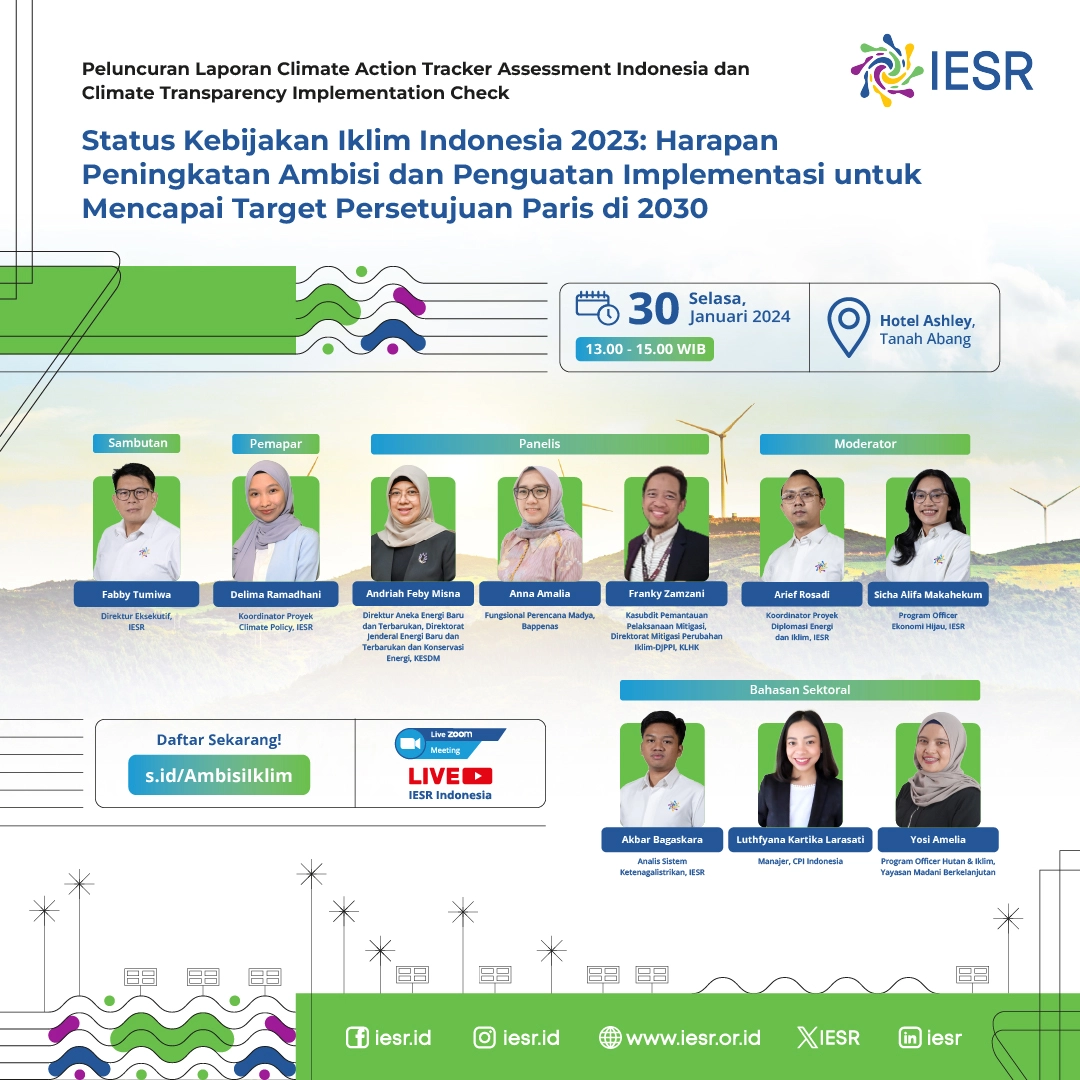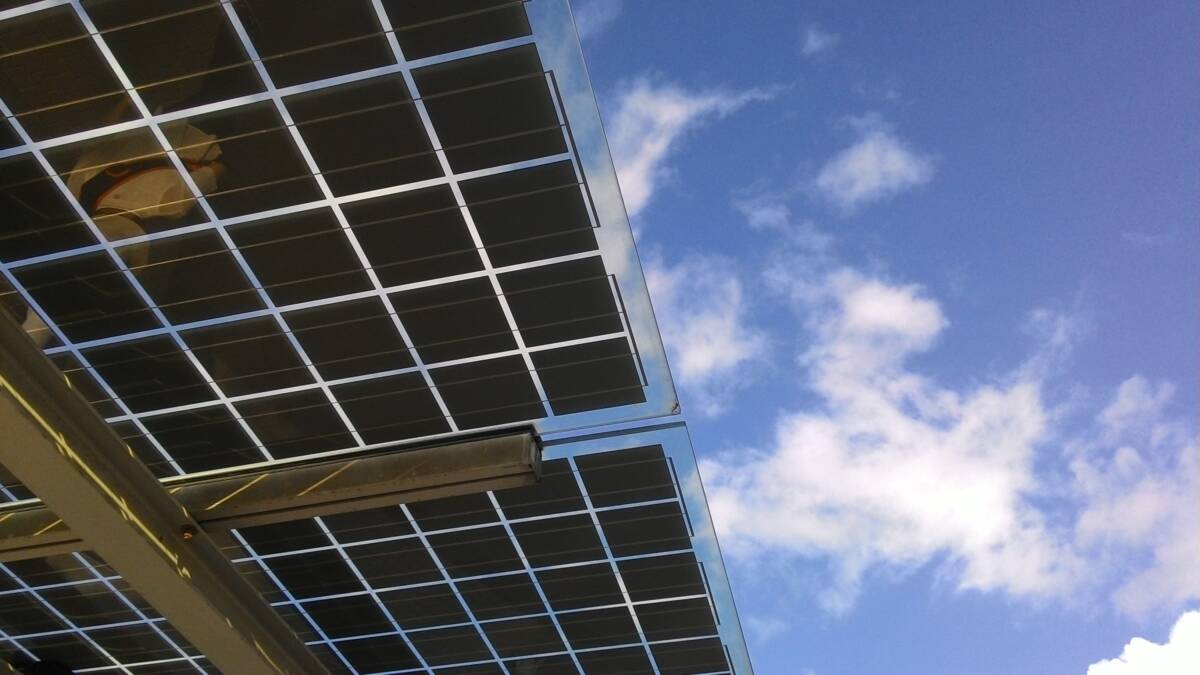Jakarta, August 30, 2024 - The Ministry of Environment and Forestry (MoEF) has submitted an initial draft of the Second Nationally Determined Contribution (SNDC) or Second NDC document at a public consultation (08/20/2024). Looking at the SNDC draft, the Institute for Essential Services Reform (IESR) assesses that Indonesia's climate target has not shown the most…




